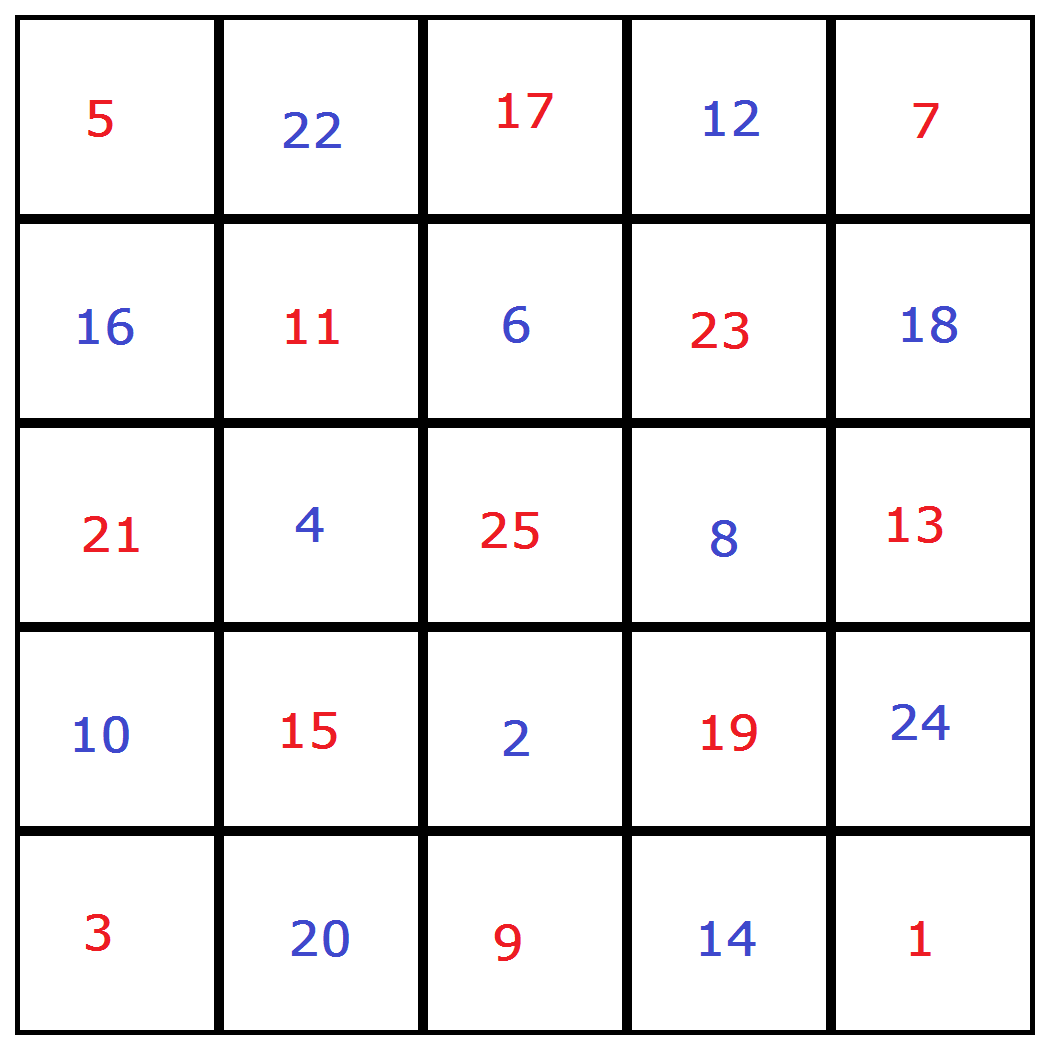Alice and Bob play a game with a $5\times 5$ chessboard, and a chess knight. Alice begins by placing the knight somewhere on the board. Then, starting with Bob, the players alternate moving the knight (the way it moves in chess) to a square it hasn't occupied before. If a player has no legal moves, he/she loses.
Which player wins under optimal play, and how?

